
And Away He Goes
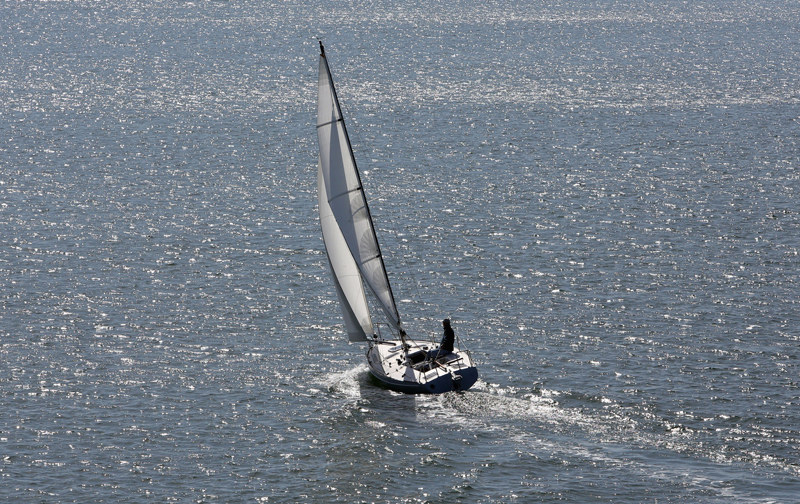
"Unless you hear from me otherwise before 9 a.m. Tuesday, Pacific Time," writes five-time circumnavigator Webb Chiles, "I’m gone."
As reported in the current edition of Latitude 38 magazine, Chiles, now 72, will attempt to be the first to sail around the globe in a Moore 24 — his called Gannet. He will set sail tomorrow for Hilo, Hawaii, then make his way across the Pacific to New Zealand, where he’ll decide whether to continue west or turn east for a Cape Horn rounding in 2015.
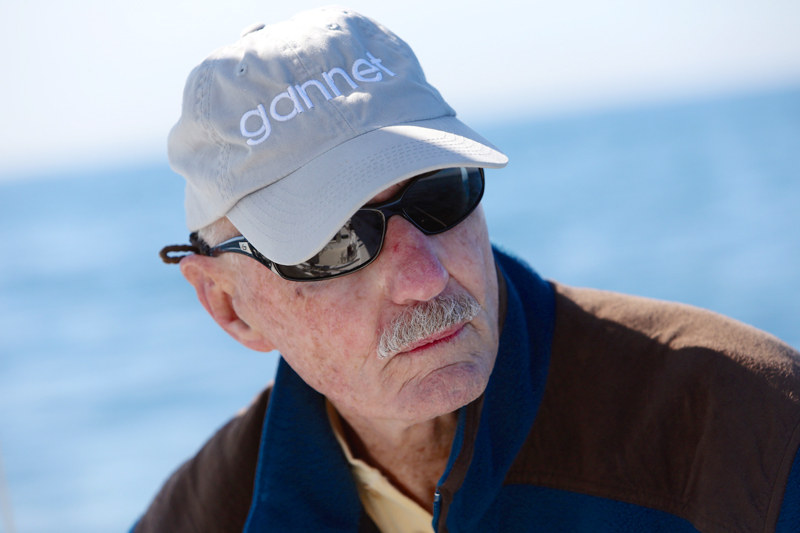
You can follow the 24-footer’s track here, and learn more about this amazing sailor at his website. We wish him the very best of luck.
Schooner Gals Show Their Stuff
"Sailing changed my life," exclaimed Abby Mohan from the helm of Freda B, an 80-ft (LOA) gaff-rigged schooner. Only six years ago, she took her first sailing lesson, fell in love with the sport, quit her land job and pursued a floating career.
On May 17, the Sausalito YC hosted its annual Women’s Skipper Regatta. The charter yacht Freda B was invited to compete in the inaugural Exhibition Class. Captain Abby and 11 female crew gracefully maneuvered the 32-ton gaffer through the course, overcoming challenges such as two hours of tacking up Raccoon Straits against 20-25 knots of wind during a flood tide.
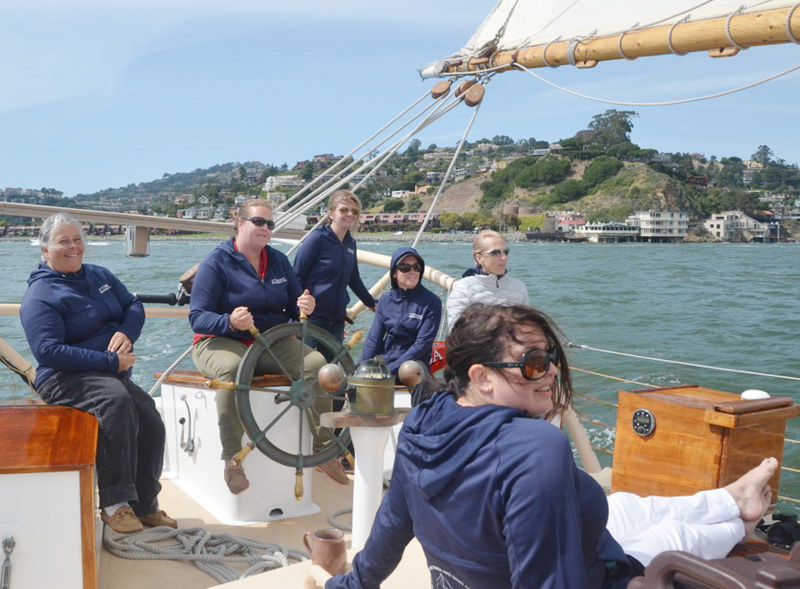
The SYC race rules required only the skipper to be female, but Freda B’s co-owner Marina O’Neill chose to grace her beautiful schooner with a varied and talented team of ladies, ranging in age from early 20’s to late 60’s. Marina’s partners, Paul Dinas, and the schooner’s usual captain, John Bosco, were confined to the galley during the race, and were only allowed on deck to serve snacks and drinks! Alice Watts, who normally serves as first mate aboard the historic scow schooner Alma, joked that if she saw either of the guys try to come up the companionway to shout suggestions, she would pretend to play the Whac-A-Mole game and shoo them back down.
Abby handled the helm and ordered tacks and jibes with the calm authority of an old salt, yet this was the first time she had raced Freda B. Hailing from Missouri, this 34-year-old never imagined her path would lead her to the sea. When she mentioned to her sailing instructor, "I wish I could spend every day at sea," she was encouraged to apply for a deckhand position. Since then she has been working for Marina and Paul’s SF Bay Adventures for three years, and her future looks as bright as the varnish on this impeccably maintained showpiece. Did Freda B score a podium finish? No, but all aboard had a fine time.
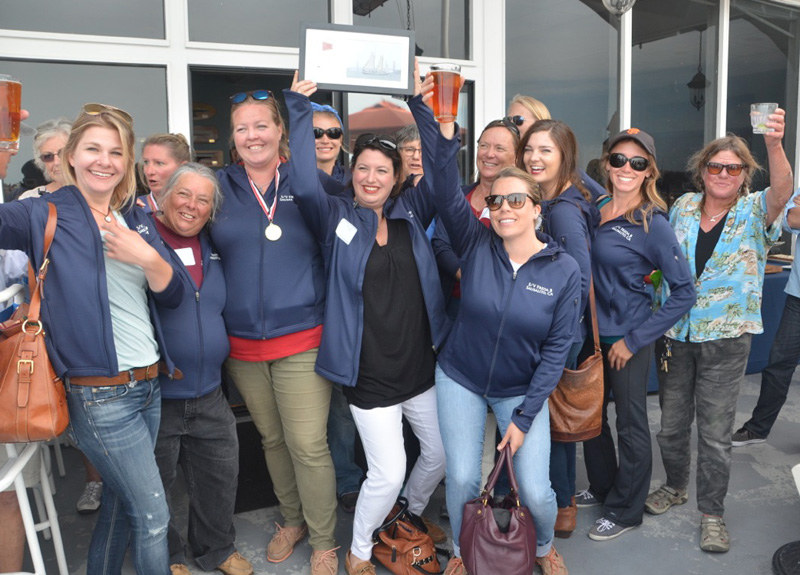
For details on Freda B‘s charter offerings, including a trip south this August to participate in San Pedro’s Tall Ship Challenge see the schooner’s website.
Don’t Be One of the 500
PHOTO
There have been plenty of reminders lately why boating safety is a deadly serious matter. The issue of safety comes into special focus this week, May 17-23, as it’s been officially designated as National Safe Boating Week — timed, of course, to immediately precede Memorial Day weekend.
The most fundamental plea of the NSBW organizers is to wear a lifejacket whenever you’re out on the water, even on calm days. Why? We’ll let the stats do the talking: According to the US Coast Guard, roughly 500 people drown every year in recreational boating accidents. Of all boating fatalities last year, three quarters were due to drowning, and among those, 84% of victims were not wearing life jackets.
While sailors are typically much more safety-conscious and better trained in basic seamanship than other types of watercraft, you don’t have to look very far into our archives to find examples of deaths or near-deaths involving our sport. So better safe than sorry.
As you can see in the 2013 analysis of accidents, the top five types of watercraft in terms of greatest numbers of injuries or deaths were: 1) open motorboats (272 deaths), personal watercraft (jet skis), cabin motorboats, canoes and kayaks, and pontoon boats. The top five contributing factors to all boating accidents were: 1) operator inattention, 2) improper lookout, 3) operator inexperience, 4) excessive speed, and 5) alcohol use. Check out the complete 2013 report here.
Have fun out there, but please play it safe.
Ta-Ta Sign-Ups Climb
Since registration began last Thursday, 19 boats have signed up for September’s reggae-themed SoCal Ta-Ta cruisers’ rally, meaning there are only 31 slots left until the max of 50 is reached. So if you’re considering joining this Santa Barbara-to-Catalina cruise, you’d better not procrastinate too long. Event dates are September 7-13.
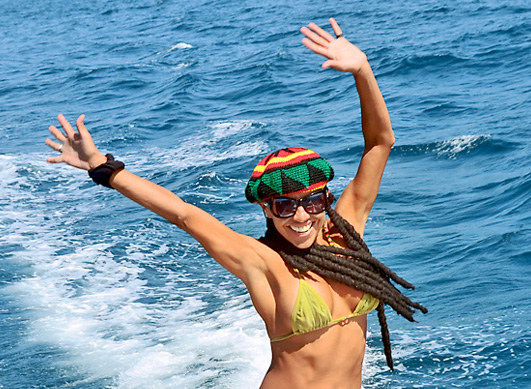
© Latitude 38 Media, LLC
The course involves little or no upwind sailing, and no overnights at sea as it zigzags south. Beginning at Santa Barbara, there’ll be layovers at Santa Cruz Island (two nights); Paradise Cove; Redondo Beach’s King Harbor; and Two Harbors, Catalina. The longest leg will be roughly 30 miles.
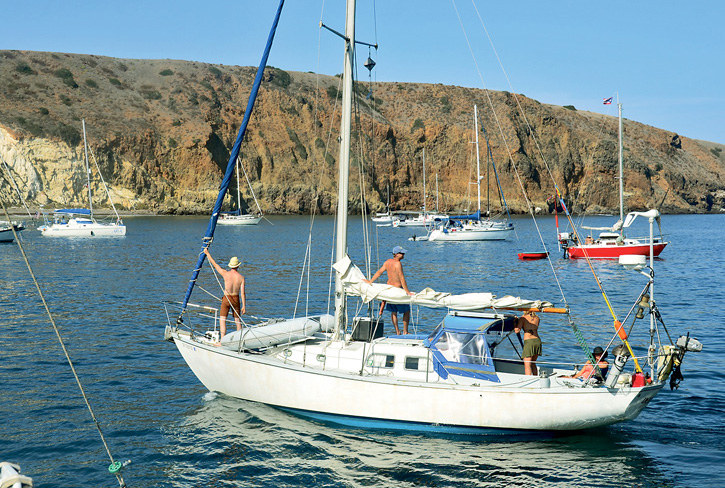
© Latitude 38 Media, LLC
For full details, see the website. But don’t dally, or you may miss your chance to enjoy ‘Reggae ‘pon da Ocean’.
